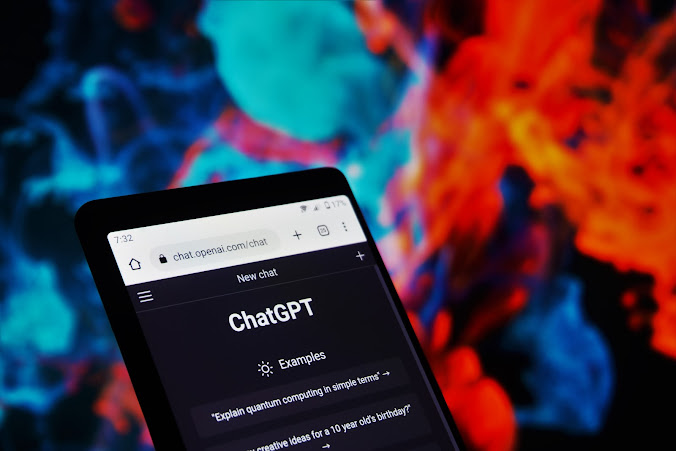Hong Kong Bans Radioactive Seafood from Japan
Hong Kong placed a ban on Japanese seafood imports less than a week after the Fukushima Daiichi nuclear power plant started releasing radioactive wastewater.
“More than one million metric tonnes of the treated water, used to cool the wrecked reactors after the 2011 tsunami, is stored in some 1,000 tanks around the site and its removal is a key part of decommissioning the still highly dangerous facility,” Al Jazeera reported.
China and North Korea have enacted similar bans on Japanese seafood over concerns of radioactive contamination.
“Soon after Japan began pumping the water into the ocean on Thursday, China announced that it would ban all seafood imports from its neighbor – vastly extending earlier restrictions it had implemented on sea food imports from Fukushima,” CNN reported.
The treated wastewater will be released into the Pacific Ocean over forty years.
“Many of the plan’s opponents are concerned about the presence of tritium, a radioactive isotope of hydrogen,” Al Jazeera said. “It remains in the water even after it has been through the ALPS process, which is designed to remove the radioactive isotopes and ensure the treated liquid meets international safety standards.
Tritium is considered relatively harmless because it does not emit enough energy to penetrate human skin. The International Atomic Energy Agency says it may present a radiation hazard if inhaled or ingested but is only harmful to humans in very large doses.
Japan has argued the treated water will be diluted to well below internationally approved levels of tritium before being released into the Pacific Ocean.”
China has argued that the Japanese products will be too harmful to consume, however the IAEA stands behind its safety protocols.
“Most nuclear power plants around the world routinely and safely release treated water, containing low level concentrations of tritium and other radionuclides to the environment as part of normal operations,” the IAEA reported. “The goal is to ensure the water disposal is carried out in compliance with the IAEA Safety Standards and, as such, without an adverse impact on human health and the environment.”
While the Japanese government is working to comply with IAEA guidelines, it is not legally bound to meet their requirements.
“We will continue to explain the safety of the plan to release the treated water into the ocean to the international community, based on scientific evidence and with transparency,” Japanese Foreign Minister Yoshimasa Hayashi said.
Scientists have argued that the fears over Japanese seafood are unsubstantiated.
“(Japan’s release is) completely consistent with past practice all over the world. There’s 60 years worth of scientific data of releasing tritium into waterways exactly like this and typically at far higher quantities, and nothing has ever happened,” Nigel Marks, expert on radioactive waste and an associate professor at Curtin University in Australia said.
Tritium is also a naturally occurring form of radiation.
“Tritium is produced naturally as part of our normal environmental background radiation, and it travels via rain or rivers into the world’s oceans. The water release is designed to have seven times less tritium per liter than is recommended for drinking water by the World Health Organization,” David Krofcheck, physics lecturer at the University of Auckland in New Zealand said.
South Korea continues to ban Japanese seafood imports, but the European Union and US Food and Drug Administration have lifted all restrictions.
“South Korea, Pacific nations and China have all criticized the plan, with Beijing emerging as one of the most vocal opponents,” Al Jazeera said. “Beijing called for the plan’s suspension saying the IAEA’s report could not be a “pass” for the water release.”
The Korea Times reported that concerns from China about the wastewater are unwarranted due to tidal movements.
“Professor Wang Yamin, from the Marine College of Shandong University in Weihai, Shandong province, said that the waste water might reach Chinese waters to some extent, but it should not be significant because of direction of currents in the North Pacific Ocean,” The Korea Times said.
"The [circulating ocean surface current] near Fukushima moves clockwise, and the water goes to the northeast, in the direction of North America. There won't be big impact in the near future," Yamin said.
Follow the Wicksboro Report on X @wicksbororeport



Comments
Post a Comment